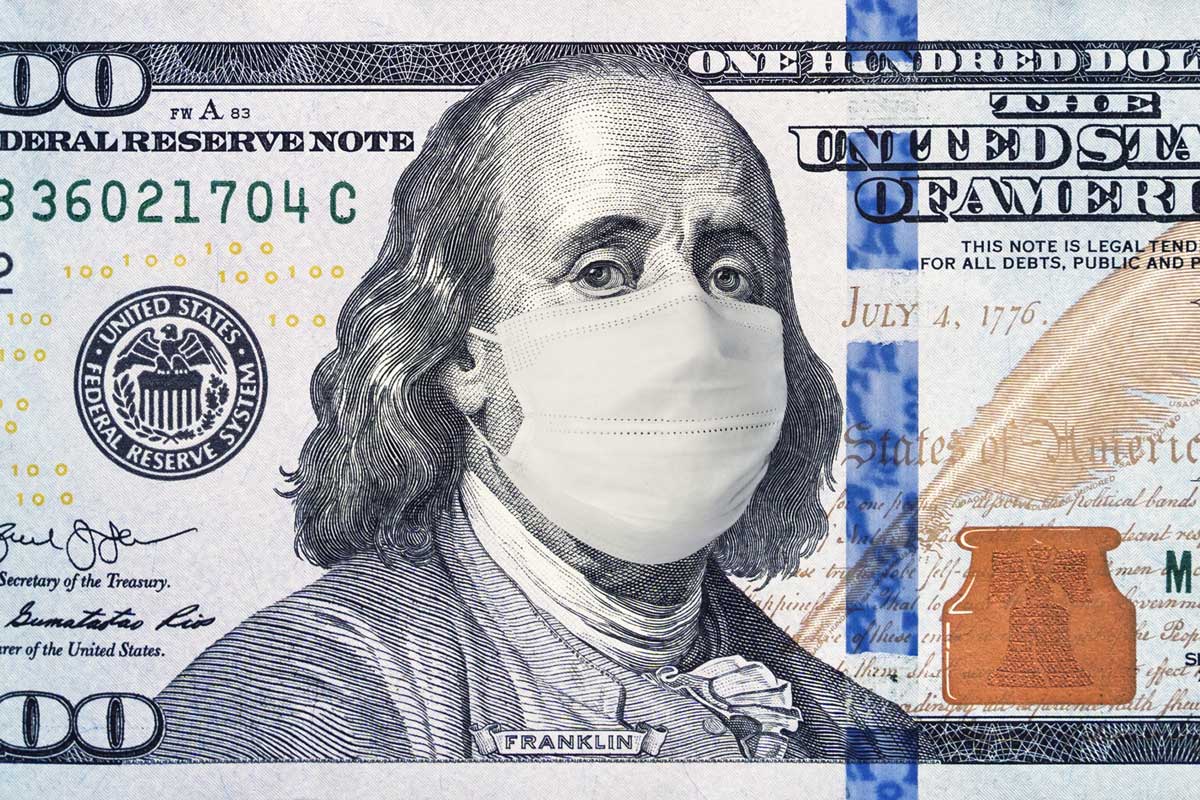Fueled by a release of pent-up economic demand, unemployment will decline and Americans will spend more money through 2021, says Sean Snaith, renowned economist and director of UCF’s Institute for Economic Forecasting.
While consumer spending shrank by 3.9 percent in 2020 amid the recession, the institute’s first-quarter U.S. forecast predicts spending will accelerate to an increase of 5.4 percent this year and slow to an increase of 2.6 percent by 2024. CARES Act funding and the COVID-19 vaccine are quelling fear of the pandemic, prompting consumers to open their wallets and businesses to hire new employees. Snaith maintains a positive outlook on the months ahead, but it could take until 2022 for unemployment to fall back to pre-pandemic levels.
“Consumers are powering this recovery, and as the effects of the pandemic fade, consumer confidence will rise in tow.”
“Job growth will help ease the damage to the labor market from the lockdown, but the road to recovery will take at least another year,” Snaith says. “Consumers are powering this recovery, and as the effects of the pandemic fade, consumer confidence will rise in tow.”
- Job growth will continue. The growth rate will reach 3.9 percent in 2021, before slowing to 3.1 percent in 2022, 0.8 percent in 2023 and 0.5 percent in 2024.
- Unemployment will decline to 4.2 percent by 2023.
- The housing market will continue to progress and improve through 2021 –—New-home construction will rise from 1.38 million in 2020 to 1.56 million in 2021, then decelerate to 1.24 million by 2024.
- Real Gross Domestic Product (GDP) growth will accelerate from its historic 2020 low to 5.4 percent in 2021, before easing to 4 percent in 2022, 2.5 percent in 2023 and 2.4 percent in 2024.
With economic policy measures largely at a standstill in Washington D.C., public health initiatives will likely drive the speed of the nation’s economic recovery. The looming possibility of future lockdowns, vaccine distribution concerns and the nation’s understanding of the COVID-19 virus will have the greatest effect on the strength of the rebound.
Interest rates are similarly projected to remain near zero until mid-2024, when the Federal Reserve will slowly begin reversing the rate cuts made during the COVID-19 recession. The Fed’s delay to increase interest rates will help fuel investment growth once the pandemic subsides.
“This is all uncharted territory for monetary policy,” Snaith says. “Washington D.C. has been focused on politics more so than the economy and there is no previous playbook on how best to carry policy forward.”
For the complete U.S. report from the Institute for Economic Forecasting, visit business.ucf.edu/centers-institutes/institute-economic-forecasting.
The Institute for Economic Forecasting strives to provide complete, accurate and timely national, state and regional forecasts and economic analyses.
Snaith is a national expert in economics, forecasting, market sizing and economic analysis who authors quarterly reports about the state of the economy. Bloomberg News has named Snaith as one of the country’s most accurate forecasters for his predictions about the Federal Reserve’s benchmark interest rate, the Federal Funds rate.




